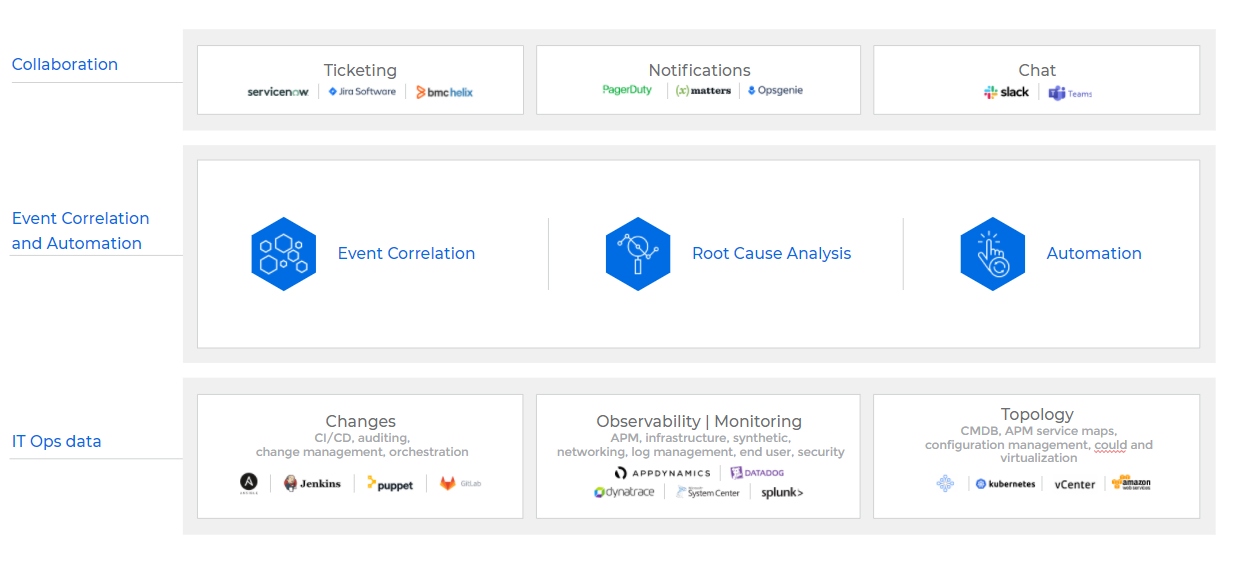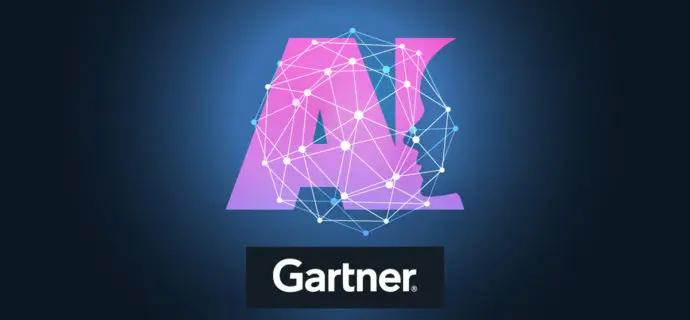APM goes AIOps, and the market is somewhat confused
Updated: April 17, 2020
Category: AIOps Tools & Tech
Author: Shachar Brenner
The definition for APM (Application Performance Management) has evolved greatly over the past years. It has moved from specifically referring to the monitoring of an application’s experience, its code and the timing of its different building blocks, to a broader term that is used for anything related to the performance of the app. It also often includes all the related monitoring, log management and more. This ongoing evolution is driven mainly by the innovative technologies which are the basis of these modern applications.
The broadening of the APM definition also brings some confusion in regard to the implementation of AIOps. AIOps is the latest and greatest “buzz word” in the world of IT Operations. It basically means the implementation of Artificial Intelligence (AI) and Machine Learning (ML) in IT Ops, aimed at assisting in root cause analysis of incidents that occur in the impossibly complex IT Stack of today.

Looking at the modern IT stack, we can see that APM tools are part of the monitoring group, one of three general functionalities found in today’s stack (the other two being correlation & automation, and collaboration). But with the growing complexity of IT infrastructure and as the focus on implementing AIOps grows, we see shifts in the way vendors are positioning their products in the market, often confusing users with the use of the term “AIOps”.
In 2017, Cisco acquired AppDynamics, a key player in the APM segment. And in 2018, it also bought Perspica, a machine learning startup. The Perspica engineering team joined AppDynamics, aiming at strengthening its machine learning intelligence. AppDynamics, combined with Perspica, transitioned from focusing only on detection, to broader root cause analysis and remediation. Today, AppDynamics is no longer looking just at the application layer, it is also expanding into network infrastructure, as part of Cisco’s “Central Nervous System” whose ultimate goal is to find root cause and automate remediation across the entire enterprise computing landscape.
Another example is Dynatrace, which has. Originally an APM tool, Dynatrace seems to have set its sights on expanding into adjacent markets, including alert & incident management, and network monitoring. To do so, Dynatrace aims to collect more data across the application environment and support multi-cloud and hybrid architectures, investing in real-user and synthetic monitoring .
In yet another similar move in the market, New Relic acquired SignifAI, an event-intelligence company. The purpose of the acquisition, according to NewRelic, is to “advance AIOps”, by making sense of the operational data already in the APM tool, to solve real world modern SRE problems. In this move, New Relic expanded its target audience from SMBs to large enterprises.
As more and more APM vendors combine forces with innovative AI and ML technologies, the AIOPs space will surely continue to evolve.
So what is the “right” way to look at implementing AIOps? As you can see, it depends on who you ask… At BigPanda, we think the best-of-breed route is the way to go. Take a look at our “Evolution vs. Revolution” whitepaper to see how we suggest to look at implementing AI and ML into your IT Ops.




